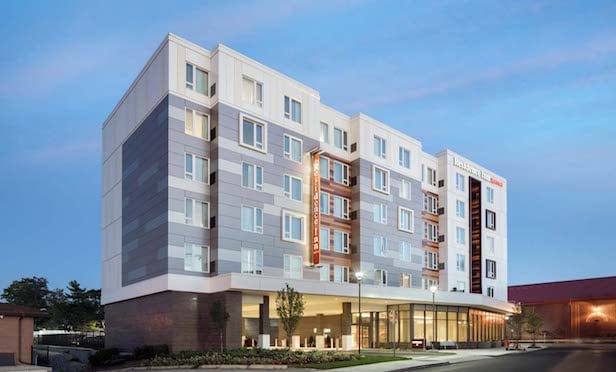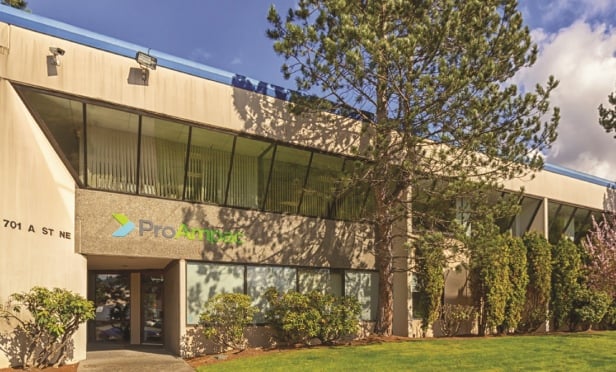IRVINE, CA-As the Southern California industrial market rallies from the recession and produces impressive commercial real estate data, brokers have new challenges set before them, including satisfying the needs of non-big-box users. In Part 1 of an exclusive two-part interview with John Hollingsworth, managing director of Colliers International, the executive told GlobeSt.com about the SoCal spec industrial market and the key roles of the ports here. In Part 2, he tells us that demand from both users and investors is high, and being able to meet this demand is a growing challenge.
GlobeSt.com: The Southern California industrial market is so huge it's hard to pigeonhole in a few sentences, but could you try to give us the view of it from 30,000 feet—an overall feel for the market as a whole?
John Hollingsworth: That's a tall order, but I'll give you a response based on the reams of data our research departments around the area have provided to me. It is continuing to improve at a pace that is outstripping our projections. We have all sorts of buyers, from private investors to big institutional investment funds to owner-users.
GlobeSt.com: Can you be more specific about the user side?
J.H.: Users are feeling more bullish about the economy. Most of the activity is being generated by the consumer-based companies who are moving into the larger spaces. Landlords are also taking advantage by renewing tenants early. One of our largest institutional clients has already renewed half of their leases expiring in 2014 at rates close to 2007 levels.
GlobeSt.com: So the fear factor is dropping from both investors building so-called “big-box” industrial as well as from users of such facilities?
J.H.: Let me put it this way: there is a huge demand for industrial both from users and investors. Users are looking to take advantage of the improving economy and attractive interest rates. Investors are looking for a means to hedge against the risk of inflation and anemic bond returns. Finally, the largest investment demands are for assets in key markets with credit tenants and building functionality or excess land.
GlobeSt.com: From everything you've said, the biggest fear, then, is meeting the demands of smaller to mid-sized tenants and owner-users. Is that correct?
J.H.: Yes. The only risk to the market is this: not being able to meet the demands of the small to mid-sized tenants who need to lease or want to purchase a building. We just can't find enough of them, and we can't seem to find the land on which to build unless they are 100 or more miles removed from the various population and commerce centers of Southern California.
© 2025 ALM Global, LLC, All Rights Reserved. Request academic re-use from www.copyright.com. All other uses, submit a request to [email protected]. For more information visit Asset & Logo Licensing.







